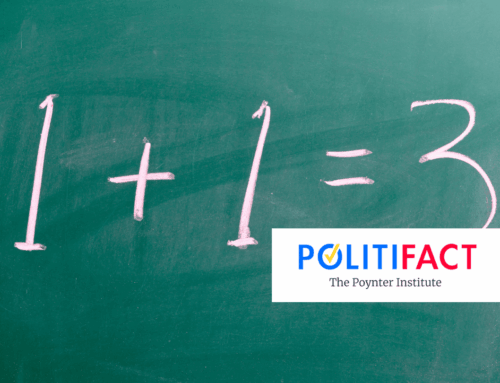Washington is abuzz with debates on how to enact President-elect Trump’s sweeping border security, energy, and tax legislation. Should it be one comprehensive bill in the spring or a two-step approach with an initial package early in the Administration followed by another later in the year? House Republican leadership favors the former, while Senate Republican leadership is pushing for the latter.
Regardless of the approach, one thing is clear: the legislation must be fiscally responsible and not saddle taxpayers with more debt. Unfortunately, what we’re hearing so far… isn’t good.
The reason Congressional Republicans can sidestep a filibuster in the Senate and pass legislation with a simple majority boils down to two words: Budget Reconciliation. But before they can get to Budget Reconciliation, lawmakers must adopt a Budget Resolution. The 118th Congress never adopted a fiscal year 2025 budget resolution, meaning the 119th Congress can adopt resolutions for both fiscal years 2025 and 2026. Each resolution can include reconciliation instructions that specify revenue or spending targets.
These instructions are directed to the applicable standing committees such as House Ways and Means and Senate Finance for revenue-related instructions. The instructions include deadlines for submission and parameters, such as the amount of budgetary change required over a specified period of time. For instance, the directions to the Ways and Means Committee to produce tax legislation that did not increase deficits by more than $1.5 trillion over ten years initiated budget reconciliation that resulted in the Tax Cuts and Jobs Act (TCJA).
The TCJA and Its Expiring Provisions
We mention the TCJA for good reason. Many of its individual provisions—reduced tax rates, an increased standard deduction, an expanded child tax credit and credit for other dependents—are set to expire and revert to their pre-TCJA status. Revenue raisers like the reduced mortgage interest deduction and the cap on State and Local Tax deductions will also expire.
These provisions were designed to expire a couple years before the end of the ten year period as a means of holding down the total cost of the legislation to conform with the reconciliation instructions. Simply extending them as they were written in the TCJA (or making them permanent) will add more than $4.5 trillion to the national debt over the next decade. Given the nation’s precarious fiscal situation, this would be reckless in the extreme.
A Fiscal Reality Check
TCS ultimately opposed the TCJA back in 2017. Initially, the plan was for deficit-neutral tax reform, which we support, but in the end the bill became a deficit-financed tax cut. Even if you supported the TCJA back then, our nation’s fiscal position has worsened dramatically.
When the TCJA became law in early 2018, the total national debt was just under $20.5 trillion, with roughly $15 trillion of that owed to outside creditors. Today, the national debt stands at nearly $36.2 trillion, with close to $29 trillion owed to outside creditors. The total debt-to-GDP ratio has grown from 103 percent in 2018 to more than 120 percent today.
The U.S. simply cannot afford another massive tax cut. That doesn’t mean that some TCJA provisions shouldn’t be kept. Any extensions must be fully offset by revenue raisers elsewhere in the tax code. And as we pointed out in last week’s Wastebasket, additional tariff revenue won’t even come close to covering the cost.
Last week’s Wastebasket highlighted another action lawmakers can take through reconciliation: raising the debt limit, which has to happen in the next few months. Enacting a pricey reconciliation bill only to turn around and increase the debt limit by trillions of dollars to pay for it isn’t just terrible optics. It is fiscal malpractice.










